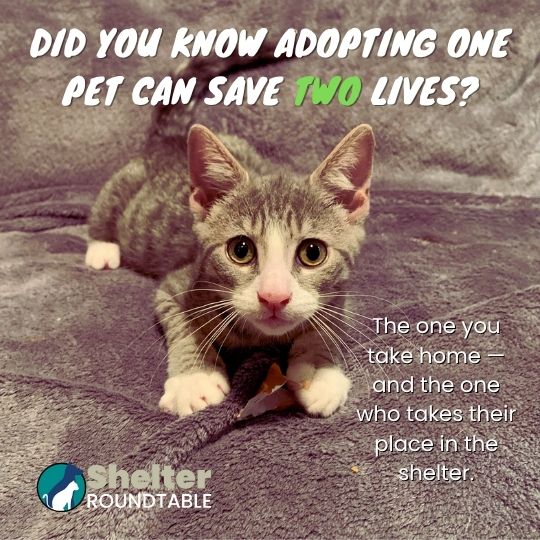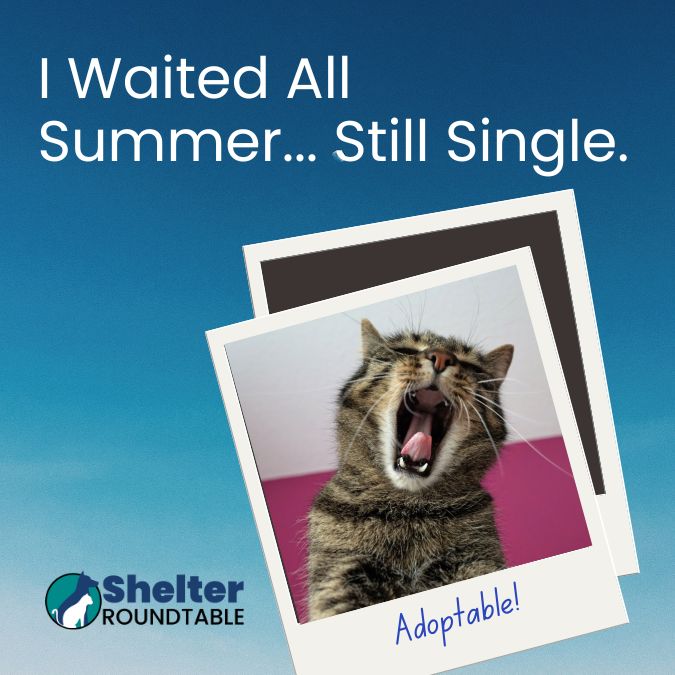Pet adoption transforms lives—both for the animals finding their forever homes and for the people welcoming them in.
And each one of those adoption success stories has the potential to become a powerful marketing tool for that animal shelter or rescue. And the best thing is, these stories are being created all the time!
Every adoption story is unique and has the potential to touch in a special way. These narratives often resonate with potential adopters on a personal level. People see themselves in these stories. They can picture their own lives enriched by a new car or dog.This connection can often be the push someone needs to consider adopting.
Building Trust Through Storytelling
When adopters share their positive experiences, it validates your organization’s work. If you want to promote these stories, you need to start collecting them. Here’s how to do it, with practical advice and examples.
Create Follow-Up Process to Learn More
Develop a systematic follow-up schedule, such as contacting adopters after one week, one month, and six months. For instance, a check-in email could say, “Hello [Adopter’s Name], we hope you and [Pet’s Name] are settling in well together! We’d love to hear about your experience so far. Feel free to share any stories or photos!”
Feedback Surveys: Sending out surveys can be incredibly insightful. Include questions like:
- “How has your cat or dog adapted to their new home?”
- “What has been your happiest moment with your new pet?”
- “Were there any challenges during the adoption process or afterwards?”
- “Do you have any suggestions for how we can improve our adoption process?”
Encourage Participation from Adopters
Emphasize the value of their stories in your communications. Say something like, “Your story can inspire others to adopt. Would you be willing to share it?”
Create a dedicated space on your website for stories, with a simple submission form. On social media, regularly post calls for stories, providing a direct link or hashtag to make sharing straightforward.
NOTE: Always get explicit consent before sharing personal information. Include a line in your follow-up communications like, “We’d love to share your story with our community. Please let us know if we have your permission to do so.” Even if you do get permission, keep the personal information you share to a minimum.
Offer an anonymous sharing option. Make it clear in your communications: “If you prefer to share your story anonymously, just let us know. We respect your privacy.”
Show the Impact of a Successful Adoption
Craft your stories to highlight the emotional journey of both the pet and the adopter. For example, you might share a story of a shy, rescued dog who blossomed into a confident, loving companion. Use before-and-after photos to visually capture this transformation.
Create narratives that allow potential adopters to envision a future with a rescue pet. Include details like how a cat or dog fits into daily routines, overcame challenges, or formed a bond with their new family. These narratives help bridge the gap between abstract idea and tangible reality for adopters.
Give Real-life Examples and Data
Collect and present data that illustrates the impact of your shelter’s work. For instance, create a monthly or quarterly report that tracks adoption rates. Share insights like, “In months where we shared more than five success stories, we noticed a 15% increase in inquiries about adoption!”
Testimonials: Gather quotes from adopters who credit success stories as an influence in their decision to adopt. When you ask the question of where someone heard of the pet (and you do ask that, don’ you?), make sure you note the answer. These testimonials can be featured in your newsletters, social media, or on your website. For instance, “Hearing about how Luna helped her new family overcome grief encouraged them to adopt her.”
| Image | Title | Summary | Link |
|---|---|---|---|
 | Adopting one pet can save two lives? | When you adopt one pet, you’re really saving two lives — 🐾 the one you take home, and 🐾 the one who takes their place at the shelter. Adoption makes r… Oh, no! This content requires a higher membership level to view. Not a member? Join for Free Today or Upgrade Your Account to Pro. … | |
 | I Waited All Summer… Still Single. | I waited all summer. Still single. Still hopeful. I’m healthy, ready, and full of love—just looking for someone to give it back to. Swing by and meet … Oh, no! This content requires a higher membership level to view. Not a member? Join for Free Today or Upgrade Your Account to Pro. … | |
 | Just a shelter mutt with a PhD in stealing hearts | I may not come with papers, but I’ve got the kind of smarts that matter—loyalty, love, and top-tier cuddle skills. Ready to take me home and be my res… Oh, no! This content requires a higher membership level to view. Not a member? Join for Free Today or Upgrade Your Account to Pro. … |
Marketing and Promotion those Stories
A smart marketing and promotion strategy will help you get the word out about your forever home successes. Here are some ways to enhance your marketing efforts.
Put Together a Social Media Strategy
Put together a regular schedule for posting success stories, like “Success Story Sunday.” Use a mix of formats such as videos, written narratives, and photo collages to keep content fresh and engaging.
Organize online events like “Ask a Vet” live sessions, photo contests with themes like “Happy Tails,” or “Caption This” photo challenges. These activities not only engage your audience but also encourage them to share your content, widening your reach.
Community Engagement
Local Events: Participate in community events like local festivals, farmers’ markets, or pet expos to share your success stories. Set up a booth with engaging displays, like a photo wall of successfully adopted pets and their stories. You could also organize storytelling sessions where adopters share their experiences firsthand.
Volunteer and Adopter Stories: Create a monthly spotlight feature on your website or newsletter. Here, showcase stories from volunteers and adopters. Share how their involvement with the shelter has impacted their lives and the lives of the animals.
Collaboration with Media
- Press Releases: Develop a template for press releases that can be quickly adapted for different stories. Ensure each release includes a compelling headline, a brief but engaging narrative, high-quality images, and contact information for follow-ups.
- Media Partnerships: Reach out to local TV stations, radio channels, and newspapers to propose a regular segment or column featuring your shelter’s stories. Offer exclusive interviews with staff, volunteers, and adopters to give a personal touch to these stories.
The Educational Aspect
Here’s how to deepen the educational content of these narratives, providing practical insights and advice.
- Regularly feature stories that challenge myths. For example, if there’s a belief that shelter dogs are poorly behaved, share a story of a shelter dog who became a certified therapy animal. Accompany these stories with facts and statistics, like the success rates of training programs for shelter pets.
- Create a monthly feature focusing on different types of animals in your shelter. Include success stories of pets that are often overlooked, such as older animals, those with medical conditions, such as feline leukemia positive cats, or specific breeds. This can help shift public perception and open people’s hearts to a wider range of pets.
Promoting Responsible Pet Ownership
When sharing success stories, consider including the challenges adopters faced and how they overcame them. For instance, a story could highlight the journey of a dog dealing with separation anxiety, including the strategies that worked. This can help provide a realistic picture of pet ownership.
Incorporate educational tips into your stories. For example, if a success story involves a pet learning to trust humans again, include advice from a behaviorist or trainer on how to build trust with a new pet. This not only tells a heartwarming story but also offers practical advice for future adopters.
And to wrap it up…
Try to make every adoption and opportunity!






0 Comments